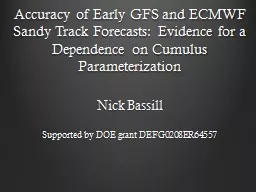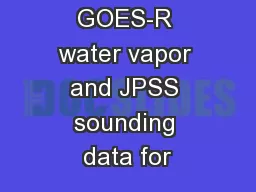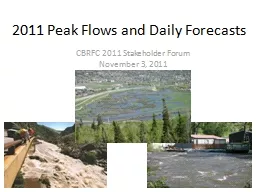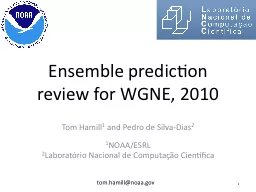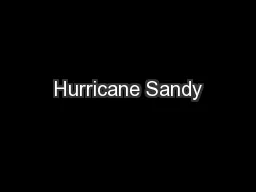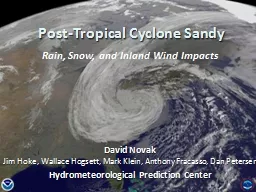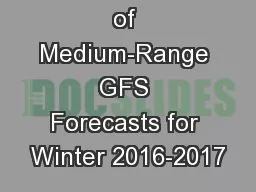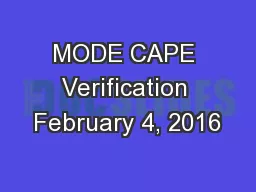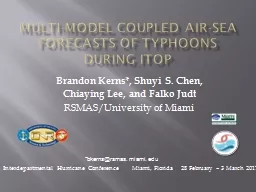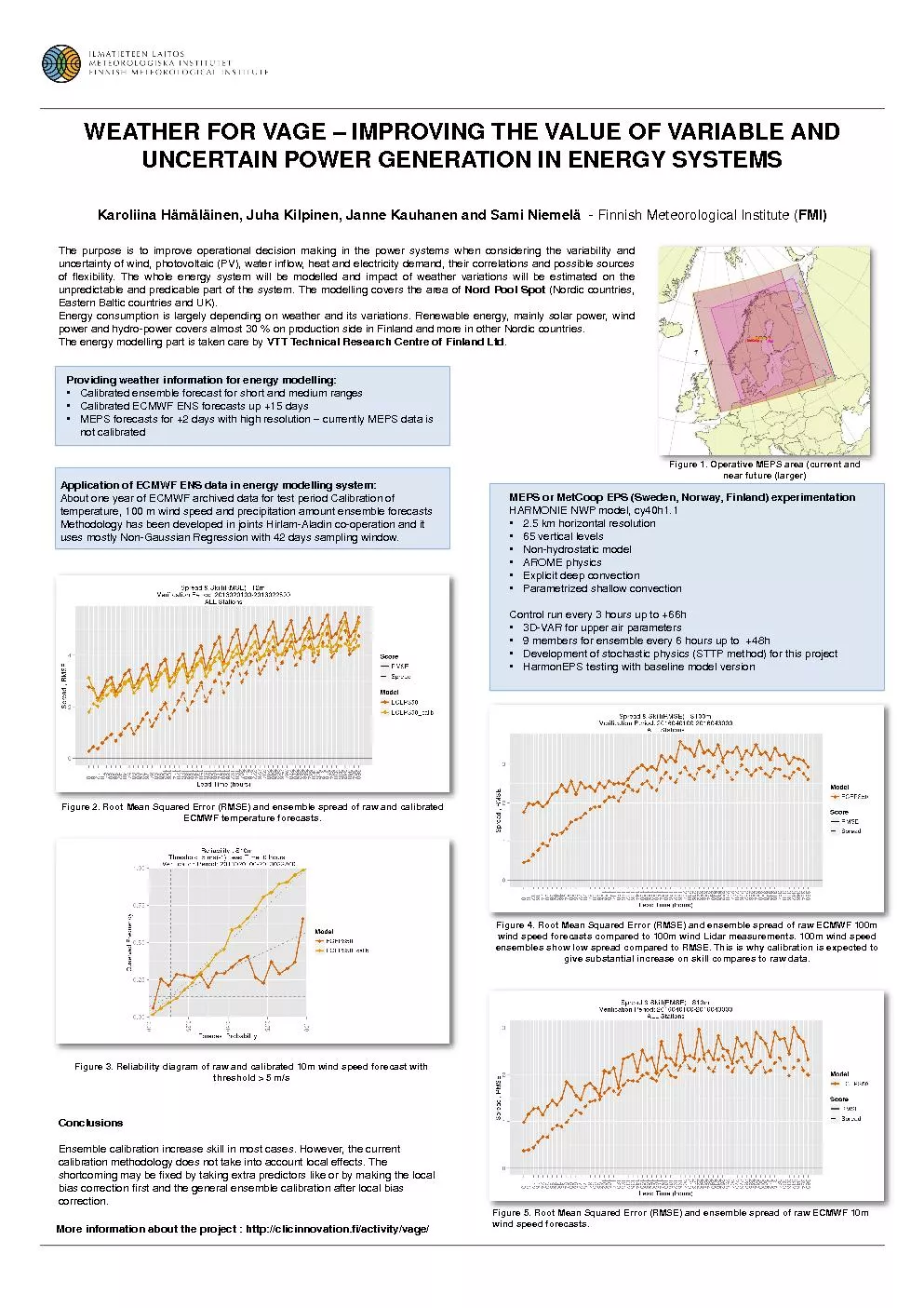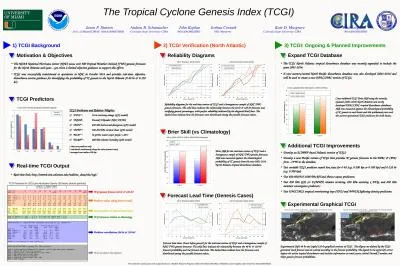PPT-Accuracy of Early GFS and ECMWF Sandy Track Forecasts: Evid
Author : briana-ranney | Published Date : 2016-06-29
Nick Bassill Supported by DOE grant DEFG0208ER64557 Sample Track Differences 0000 UTC 23 October 1200 UTC 23 October 0000 UTC 24 October 1200 UTC 24 October BLACK
Presentation Embed Code
Download Presentation
Download Presentation The PPT/PDF document "Accuracy of Early GFS and ECMWF Sandy Tr..." is the property of its rightful owner. Permission is granted to download and print the materials on this website for personal, non-commercial use only, and to display it on your personal computer provided you do not modify the materials and that you retain all copyright notices contained in the materials. By downloading content from our website, you accept the terms of this agreement.
Accuracy of Early GFS and ECMWF Sandy Track Forecasts: Evid: Transcript
Download Rules Of Document
"Accuracy of Early GFS and ECMWF Sandy Track Forecasts: Evid"The content belongs to its owner. You may download and print it for personal use, without modification, and keep all copyright notices. By downloading, you agree to these terms.
Related Documents

